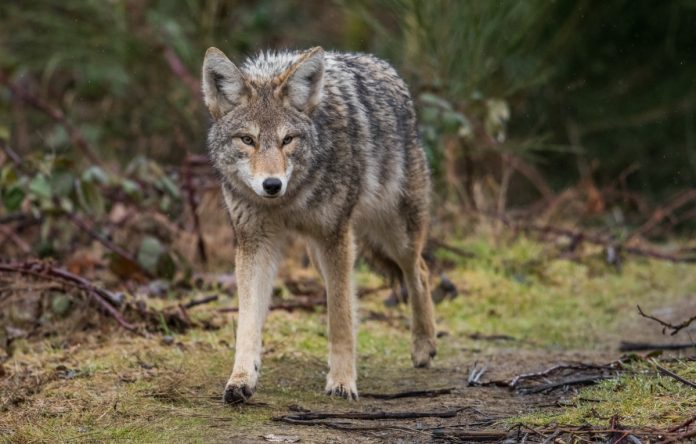
Sponsored by the South Pasadena Animal Commission, the Pasadena Humane Society & SPCA will provide a visual presentation and Q&A on Wednesday, February 27, at 7 p.m. in the South Pasadena Library Community Room about how residents can coexist with coyotes.
The theme of the talk is “Coexisting with Coyotes,” and residents will learn about coyote behavior and removing attractants in yards and neighborhoods will help reduce conflicts in with the animals venture into communities like South Pasadena in search of food.
Pasadena Humane Society & SPCA Wildlife Coordinator Lauren Hamlet will address how to make a property uninviting for coyotes, keeping your pets safe in coyote prone areas, and hazing techniques for those encountering a coyote.
The National Park Service recommends the following:
How can we coexist with coyotes?
- Keep coyotes from becoming habituated- remove food attractants from yards and neighborhoods
- Understand the difference between threatening and non-threatening coyote behavior.
- Keep pet’s safe-bring indoors and walk on a short leash.
- Maintain coyote’s fear of humans – Use noise makers, yell and chase coyotes away from yards and neighborhoods.
How do I help reduce coyote habituation to humans?
- Do not feed coyotes/wildlife- even bird seed can attract coyotes.
- Keep fruit from trees picked up. Coyotes are omnivores; they eat meat and plants.
- Keep trash cans sealed.
- Feed pets indoors.
- Bring pets in at night.
- Enclose vegetable gardens and compost.
How to haze coyotes
- Act Big and Loud, be dominant, wave your arms, jacket, or stick above your head, jump up and down, make eye contact, clap your hands, yell and be persistent until the coyote retreats.
- Noise makers can be effective for hazing: metal coffee cans filled with coins to shake, Air horns, loud whistles, bells, and pots.
- Surprise tools: Popping open umbrellas, garden hoses and Supersoaker spray gun filled with water.
- Using variety in hazing is important because coyotes learn to recognize and avoid individual people. Change up hazing tools and ask different people, neighbors in the area to help with coyote hazing.
- Do not actively haze coyotes in their natural habitat, unless they approach you. Keep your dogs on leash; coyotes may view them as competition or even prey.
- Always provide an escape route for coyotes when hazing. Never corner a wild animal.
Common Coyote Responses to Hazing
- Being startled and running off.
- Freezing and staring at you. Keep hazing and increasing the intensity of your efforts.
- Running/walking off a short distance, stopping, and looking back at you. The coyote maybe unsure hazing is directed toward it. Keep hazing until the coyote leaves.
Preventing Coyotes in Your Yard
- Do not purposely feed animals – animals begin to lose their fear of humans and will continue to will return for more easy meals.
- Cleanup possible food resources – pet food, fallen fruits, secure trash, and secure outdoor animal enclosures for pet rabbits and poultry.
- Keep pets indoors at night.
- Monitor small children and pets while outside even in a fenced yard.
- Install motion activated lighting and sprinklers.
- Remove cover and hiding places – Remove thick vegetation, debris piles, trim plants 2ft off the ground.















.png)






